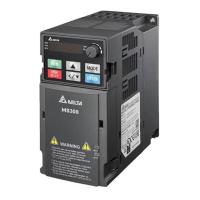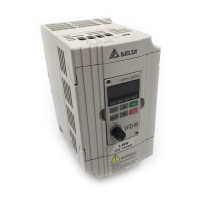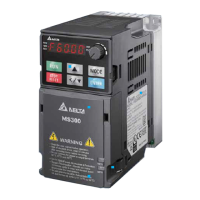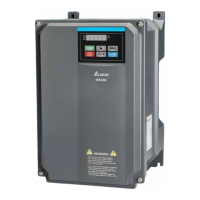Chapter 16 PLC Function ApplicationsMH300
Oscillating circuit with a period of nT+ΔT
The ladder diagram (Figure 16-44) shown below uses timer T0 to control coil Y1’s
electrified time. After Y1 is electrified, it causes timer T0 to close during the next scanning
cycle, which causes the output from Y1 to oscillate as shown in the diagram below. The
constant n is the timer’s decimal setting value, and T is the clock cycle of the timer.
Figure 16-44
Example 8: Flashing circuit
Figure 16-45 shows an oscillating circuit of a type commonly used to cause an indicator
to flash or a buzzer to buzz. It uses two timers to control the ON and OFF time of Y1 coil.
Here constants n1 and n2 are the setting values of timers T1 and T2, and T is the clock
cycle of the timer.
T1
Y1
Y1
n1*T
TMR
T1 Kn1
X0
T2
X0
TMR
T2 Kn2
T1
X0
n2*T
Figure 16-45
Example 9: Triggering circuit
In Figure 16-46, a rising edge in input X0 causes coil M0 to generate a single pulse for ΔT
(length of one scanning cycle), and coil Y1 is electrified during this scanning cycle. Coil
M0 loses power during the next scanning cycle, and N.C. contact M0 and N.C. contact Y1
are both closed. This causes coil Y1 to stay in an electrified state until there is another
rising edge in input X0. This again causes the electrification of coil M0 and the start of
another scanning cycle, while also causing coil Y1 to lose power, and so on. You can see
the sequence of these actions in the figure below. This type of circuit is commonly used to
enable one input to perform two alternating actions. You can see from the time sequence
in the diagram below that when input X0 is a square wave signal with a period of T, the
output of coil Y1 is a square wave signal with a period of 2T.
Figure 16-46
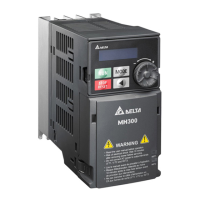
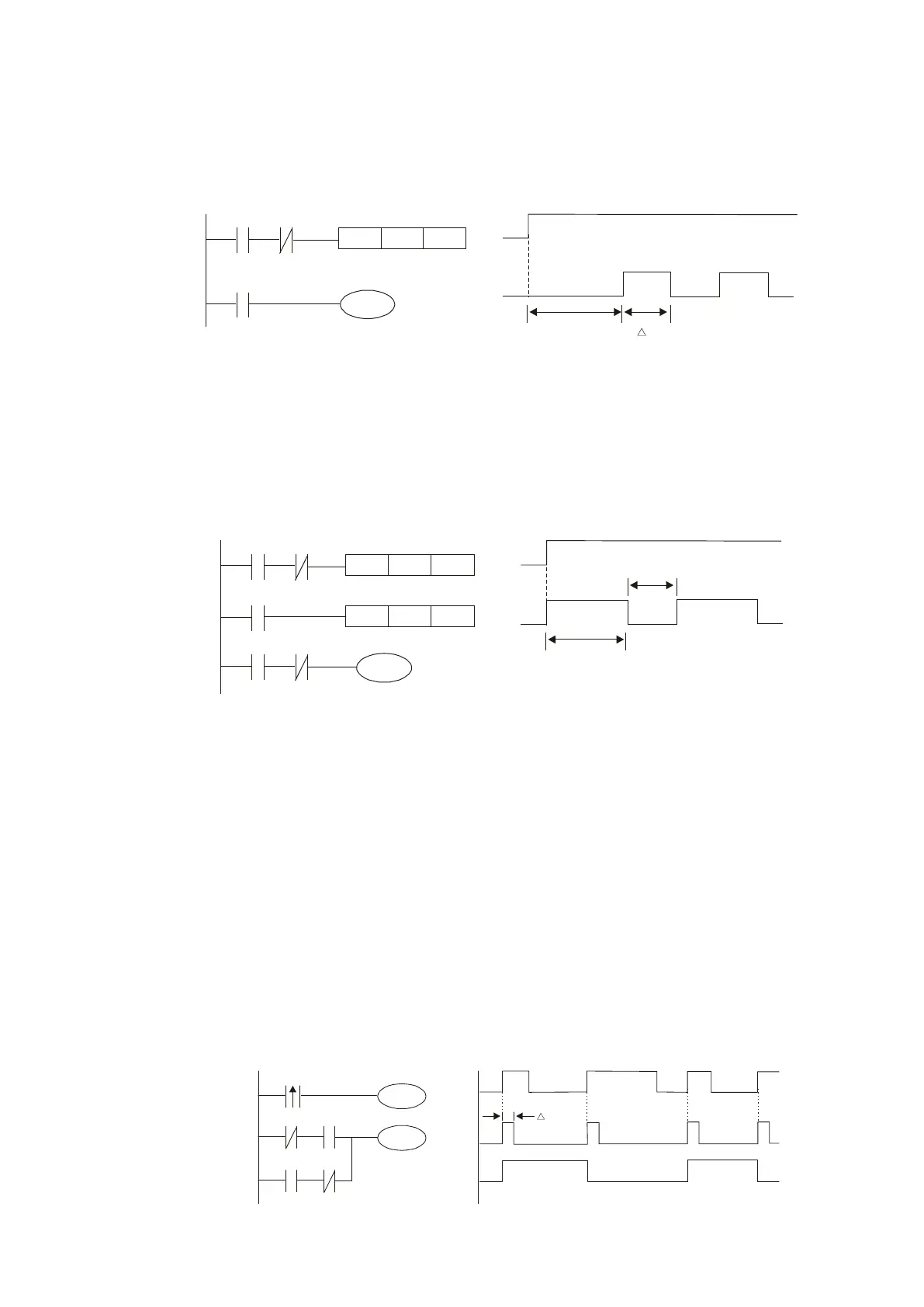